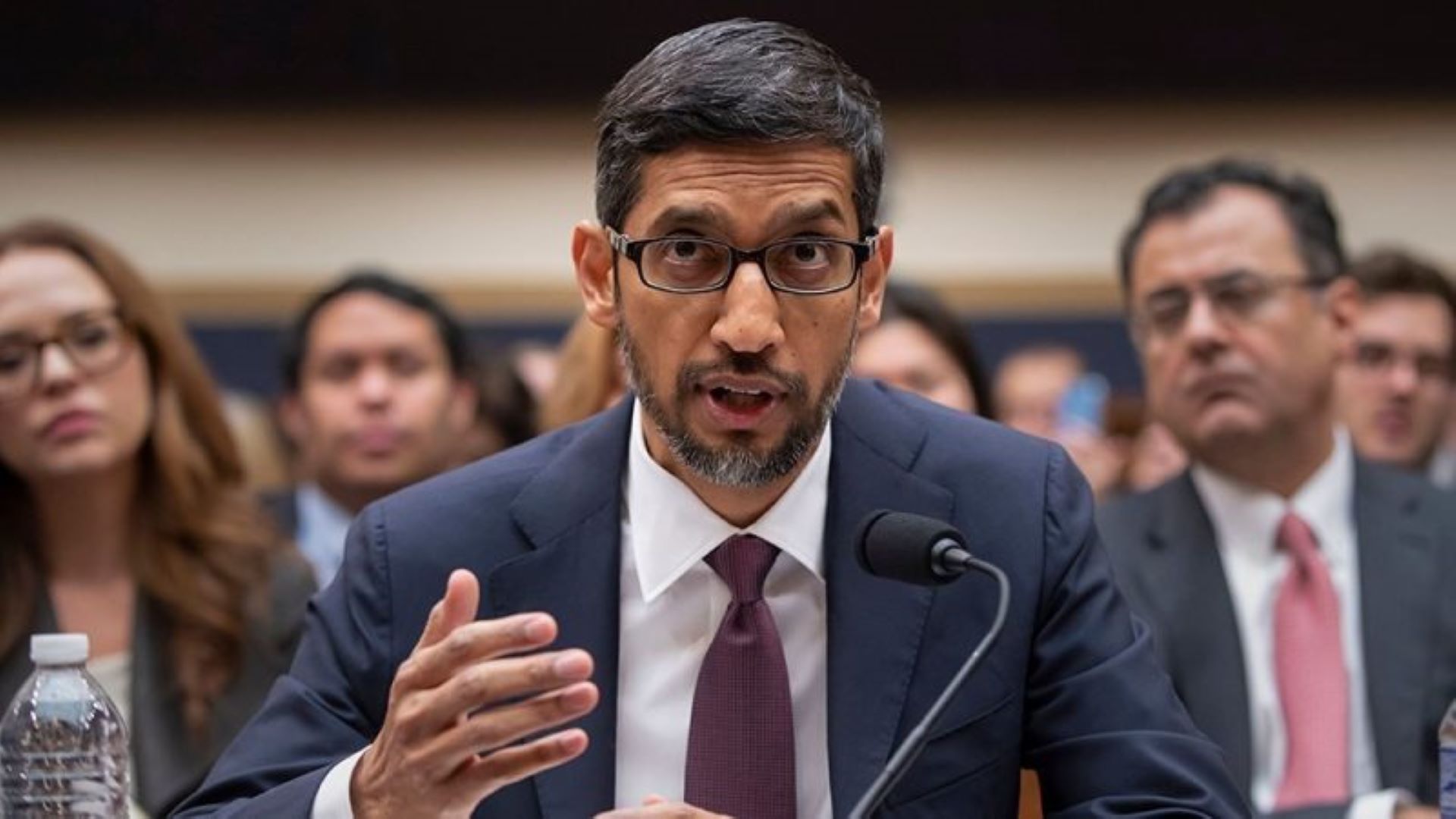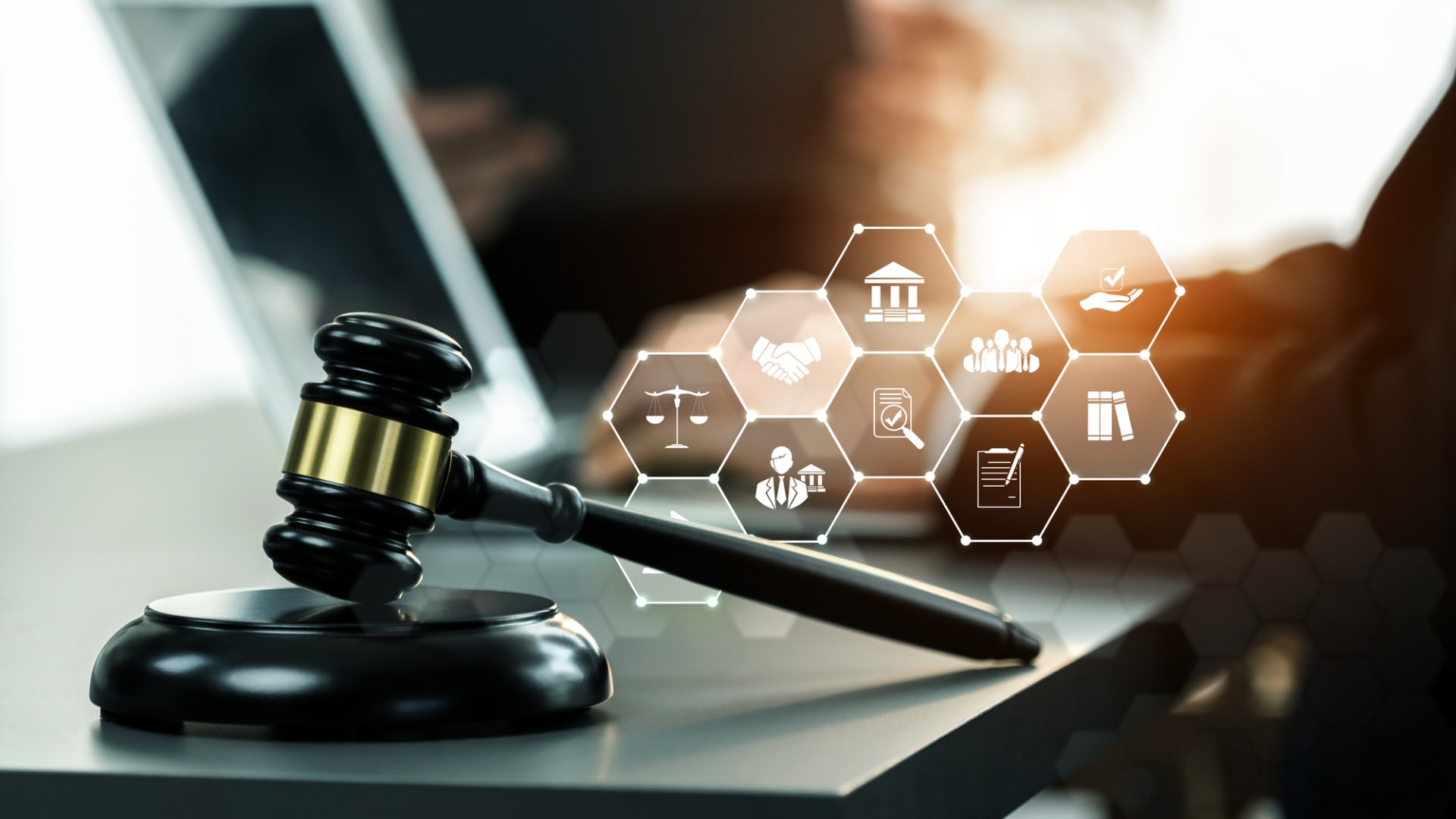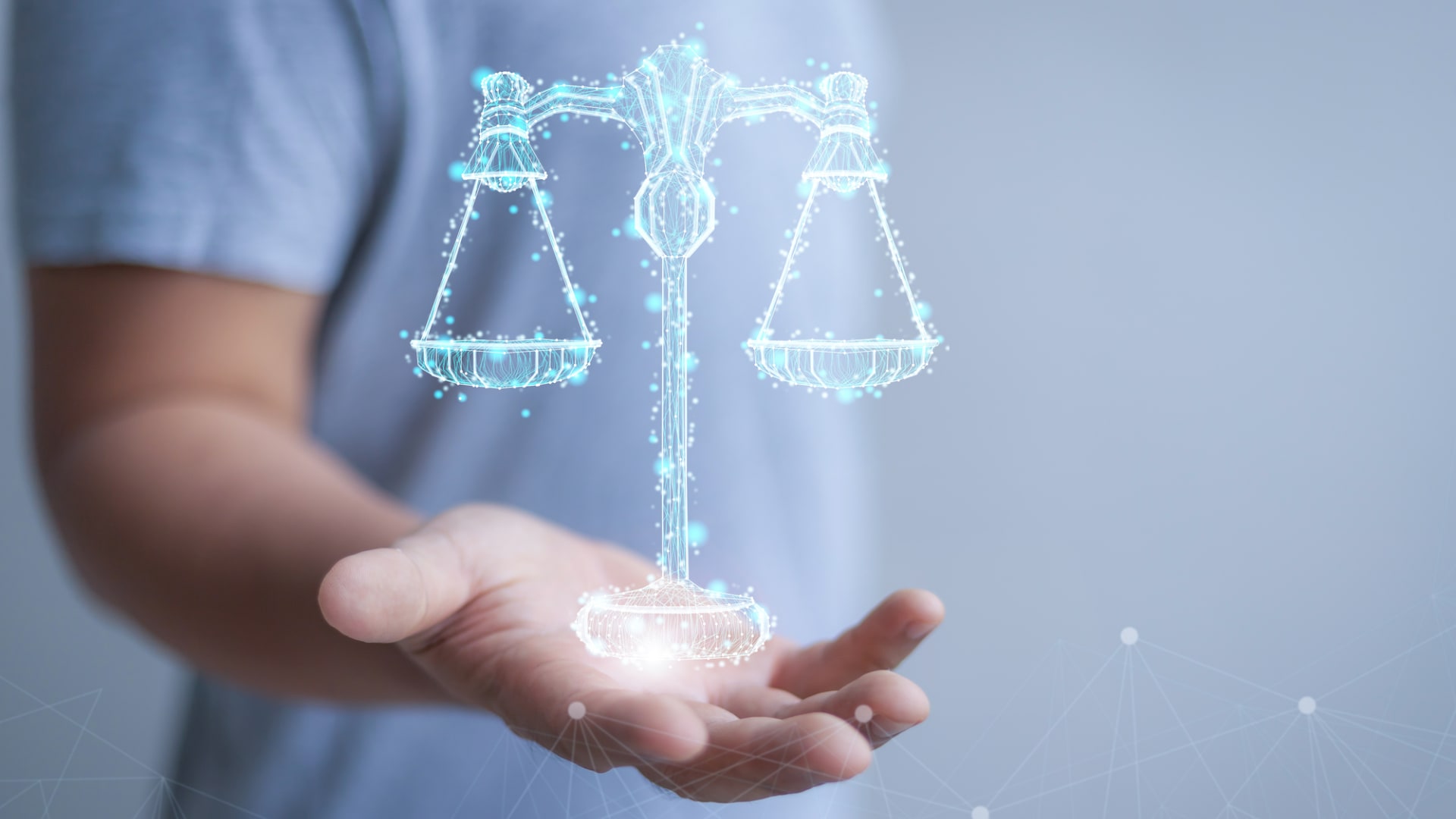I like Google. A lot. And I also happen to like Google’s CEO, Sundar Pichai as well, so writing this post doesn’t spark joy.
Before I begin, let me say that no company is perfect. No CEO is either, and that’s okay. In the age of outrage, it is worth repeating as many times as necessary. Not every misstep is a scandal or the end of the world. But since Sundar Pichai just took a pass on fixing a pretty big mess that falls under his purview to fix this week, and it isn’t trivial, let’s talk about it.
Some context: I’m generally a fan
Some context here: I don’t obsess or rage over every bad decision (or mistake) made by Google. Yes, I am perennially disappointed in Google’s inability to properly turn some of its most clever and disruptive ideas into successful products. Two examples come to mind: 1) Google Glass should have been marketed and managed very differently—even pre-Pixel, but especially now that Pixel is maturing. 2) Google Plus should have been pitched as a collaboration ecosystem (that could have competed against Microsoft Teams), not as a “Facebook killer. That’s the sort of thing that usually fuels my ire with the company—not privacy issues or data security problems.
Unlike some of my peers, I don’t think that Google is as nefarious or deliberately deceitful as, say, Facebook. I think Google tries, and mostly succeeds, at balancing the needs of its platform and the needs of its users, to arrive at a mutually-beneficial balance of data collection and utility. It’s just that Google misses the mark sometimes, but as frustrating as it is for a former product manager like me to witness, it isn’t exactly the sort of thing that puts Google in the dog house for me. I am generally a fan.
But with great power comes great responsibility
I don’t expect perfection or purely altruistic behavior from any for-profit business. Google, Apple, Amazon, Microsoft, Cisco, Tesla, Intel, Samsung, and their peers all exist to create value for their stakeholders, and maximize profits. They aren’t there to eradicate malaria, solve income inequality, or combat political corruption. They are businesses, and their primary objective is to maximize the growth and profitability of their products, services, and platforms. Everything else is secondary. How they choose to do so is a matter of vision and culture.
Some of these companies are led and staffed by people who are as driven by being a force for good in this world as they are by hitting their financial numbers. Others are led and staffed by people who don’t necessarily care about being a force for good in this world, but understand that not lying to their customers, not defrauding them, and ultimately not harming them, is just a sound business policy. Whichever Google is, I don’t know, and it doesn’t really matter. As much as I am happy to give companies extra credit for altruistic intent, it’s behavior, not intentions, that ultimately matters: Not what a company aims to do but what it does.
YouTube’s content problem and … wrong answers
And so here we are. YouTube appears to be 1) causing harm by having become a breeding ground for toxic and dangerous content, and 2) profiting from advertising revenue boosted by algorithms that point users to that content in an effort to keep them on the platform as long as possible. YouTube has its own CEO (Susan Wojcicki, since 2014) but the platform is Google’s responsibility. Google is Sundar Pichai’s responsibility. So when he was asked what he intends to do about YouTube’s content problem, the fact that his answer was that YouTube is too big to fix completely was…problematic. Wrong answer. Honest, perhaps, but wrong all the same.
“Too big to fix” cannot become the new “too big to fail”
Imagine if, in the middle of the 2008 financial crisis, Ford Motor Company’s CEO had declared that Ford was too big to fix.
Now imagine that the CEO of Wells Fargo, or the CEO of Apple, or the CEO of Disney had just made that kind of argument to investors during their latest earnings call: “Sorry folks, our company is just too big to fix. Deal with it.” I can see your eyebrows flexing from all the way over here. What it really translates to is “I don’t know how to fix this problem, so let’s just agree that it can’t completely be fixed. Not my fault. The company is just too big.”
I’m sorry but that isn’t going to work.
If “you are what you practice every day,” small failures of leadership eventually lead to big ones
I am sitting here also trying to imagine how that kind of attitude would fly if any of my bosses throughout my career had ever come to me with a concern about a systematic failure in a project or business I was responsible for: “Sorry boss, but there are just too many parts in this product for its quality issues to be completely fixed. Sorry boss, but there are too many square miles to cover for my squad to completely do its job. Sorry boss, but there are too many people participating in this study for me to completely guarantee the results.”
No. If you start with excuses as to why you can’t do something you know you have to do, you’ve already lost the plot. There is no scenario in the world in which a leader can openly abdicate both leadership and responsibility, and not come across as someone who is openly abdicating both leadership and responsibility.
Leadership means you have to at least try, and then keep trying, and then try some more until you find a way to make it work. It’s okay to say that it is going to be very challenging to fix a complex problem, and admit that it may take time, that it will be a massive undertaking, and that it may take a lot of trial and error to get there…but you can’t just throw your hands up and say “Oh well, the company is too big, so we can’t completely fix it.”
Here’s how that argument sounds: If the company is too big for you, maybe you’ve found the limits of your own ability to lead it.
It doesn’t make you a failure or a bad person. It doesn’t take anything away from your achievements, past, present, or future. It just suggests that maybe you’ve hit the wall as a CEO, and you have gone as far as you can go.
Zeroing-in on the problem: What exactly are we talking about here?
Per CNBC’s reporting:
YouTube, which is owned by Google, has come under fire in the last couple of years, as content ranging from deniers of the Sandy Hook massacre to supremacist content has continued to show up on the site despite the company’s attempts to filter it out.
During a CNN interview that aired Sunday, Pichai was asked whether there will ever be enough humans to filter through and remove such content.
“We’ve gotten much better at using a combination of machines and humans,” Pichai said. “So it’s one of those things, let’s say we’re getting it right 99% of the time, you’ll still be able to find examples. Our goal is to take that to a very, very small percentage well below 1%. […] Anything when you run at that scale, you have to think about percentages.””
First of all, YouTube isn’t getting right 99% of the time. Not even close. Second, that sort of linear, symmetrical thinking doesn’t really work with regards to an asymmetrical problem. It doesn’t make sense to measure the problem in terms of percentages, let alone to craft a solution based on those metrics.
YouTube’s problems already require clusters of new solutions, not the optimization of existing half-measures that don’t even begin to address the full breadth of the problem. Sundar Pichai doesn’t appear to be thinking proactively about this, let alone broadly enough. What he is telegraphing with his answer is that incremental progress along percentages is all that he hopes to realistically accomplish. “Anything when you run at that scale, you have to think about percentages.” No. This is not a percentage problem.
Unfortunately, it doesn’t stop there. Again, per CNBC:
“Pichai added that he’s “confident we can make significant progress” and that “enforcement will get better.” He also said Google wishes it had addressed the problems sooner, since many of the videos have been running for years. “There’s an acknowledgement we didn’t get it right,” he said. “We’re aware of some of the pitfalls here and have changed the priorities.”
Huh? “Confident that we can make significant progress. Enforcement will get better. We’ve changed the priorities.” What? Look, we all know the difference between lip service and an actual plan. Does anyone hear a plan here? I don’t. I hear “We’ll try to do better, maybe. We’re working on things.”
In other words, “YouTube is too big (for me) to fix completely.”
The trouble with blaming predecessors…
Perhaps the worst part of Sundar Pichai’s answer is the moment he blames Google for not having addressed the problem sooner. Not my fault! I didn’t cause this. Someone else should have taken care of it before I got here.
Look, I won’t dwell on the fact that blaming your predecessor for a problem you’ve inherited isn’t exactly in the top 10 things that leaders ever do. But…that thing we talked about earlier, where small failures of leadership grow into big ones? This kind of reaction to the problem circles back to that. Good leaders never do this.
More importantly, let’s not forget that Pichai became CEO of Google in 2015. Come October, he will have been CEO for 4 years. I don’t think I need to elaborate on why blaming predecessors for a problem that has been festering at YouTube for Pichai’s entire 4-year tenure as CEO rings dangerously hollow. As an aside, YouTube has been part of Google since 2006. This was a problem in 2014, when Susan Wojcicki took over YouTube. It was a problem in 2015 when Pichai took over Google. It was still a problem in 2016 when they were both in charge. It was a problem again in 2017. It continued to be a problem in 2018. And it is still a problem now, in 2019. When does a current problem stop being your predecessor’s fault? After how many years does that happen?
This isn’t even an issue of “enforcement.” YouTube seemed perfectly comfortable capitalizing on ad revenue when its “up next” feature was recommending white supremacist, and scores of conspiracy theories, disinformation, and otherwise toxic video content to users from 2014 to early 2019. The practice didn’t stop until February of 2019 (at least with regard to white supremacist content), a mere two months after Pichai was called to testify before Congress.
Funny how public and legislative pressure were enough to trigger changes at YouTube in just two months’ time that Pichai and Wojcicki together somehow weren’t able to address for almost half a decade.
How about that.
To make matters worse, YouTube’s still very new white supremacist content ban (June 2019), came several months after Facebook announced its own policy (in March 2019), making YouTube (and parent company Google) relatively late entrants in the “Let’s clean up our platforms” game.
Unless Pichar is planning to lead from behind, I don’t exactly feel encouraged by how the company’s newly stated “priority” will actually play out in the real world. Not without enforcement, that is, which brings us to our final topic.
The regulators are coming
Google and Facebook have giants targets painted on their backs right now. There’s talk of regulating big tech again, and the topic is gaining momentum this time. This is due in part because social platforms like YouTube, Twitter, and Facebook have been profiting from political extremism, pseudoscience, misinformation, and radicalization for years, and those chickens have come home to roost with a vengeance.
Yes, the real issue with regulation and antitrust for big tech focuses more on data and privacy, but the toxicity of these platforms, and the growing danger they pose to public safety, cannot be divorced from the growing wave of public anger fueling discussions about antitrust probes and government regulation.
Social platforms’ toxic and harmful content problem has been obvious and reported on extensively for some time, and yet it took the growing threat of regulation and antitrust enforcement to finally get Pichai, (Google, YouTube), Zuckerberg (Facebook), and Dorsey (Twitter) to start taking the issue of toxic content on their respective platforms seriously.
This was most assuredly not because they felt that it was their responsibility to get their houses in order. If they did, they would have done so already. Instead, it is because they don’t want to be regulated or broken up. Those three CEOs may believe that being seen to “work on the problem” will be enough to let them off the hook, but it won’t. That ship has sailed. Either they fix this, or they will be made to. That’s the plot now.
Given the very thin ice that big tech is already skating on, Pichar didn’t do himself, YouTube, or Google any favors with his statements this week. If nothing else, his lackluster answer just provided fresh new ammunition to lawmakers and ambitious bureaucrats betting their careers on the upcoming fight between Washington DC and Google. Hindsight is always 20/20, but that probably could have been handled better.
Disclosure: Fatty Fish is a research and advisory firm that engages or has engaged in research, analysis, and advisory services with many technology companies, including those mentioned in this article. The author does not hold any equity positions with any company mentioned in this article.
Read some of my other articles:
Dassault Systèmes (3DS) to Acquire Medidata for a Reported $5.7B by Year End
Qualcomm Earnings Need a Deeper Look: Here’s Why
Apple, Qualcomm Settle Patent and Royalty Dispute
The original version of this article was first published on Futurum Research.
Olivier Blanchard is Director of Content and Executive Editor of Fatty Fish, and Senior Analyst and Research Director at Futurum Research. A Paris native, his extensive experience working in technology innovation and regulatory policy on both sides of the Atlantic has given him a unique perspective on the most significant technological challenges and opportunities of our time, from China’s geostrategic ambitions and threats to U.S. technology leadership, to how innovation can be leveraged to drive job creation, fuel economic growth, and empower humanity to solve its most complex problems. A trusted source of insights into critical technology sectors and topics ranging from 5G, AI, and silicon, to policy, legislation, and regulation affecting the tech industry, Olivier also speaks about technology disruption around the world and is a 5x bestselling author, including his most recent, “Human/Machine: The Future of our Partnership with Machines,” co-written with Daniel Newman. Based in Greenville, South Carolina, Olivier is also an avid cyclist, latte enthusiast, and world traveler.
-
Olivier Blanchardhttps://staging-fattyfish.kinsta.cloud/author/olivierblanchard/August 5, 2021
-
Olivier Blanchardhttps://staging-fattyfish.kinsta.cloud/author/olivierblanchard/July 27, 2021
-
Olivier Blanchardhttps://staging-fattyfish.kinsta.cloud/author/olivierblanchard/July 19, 2021
-
Olivier Blanchardhttps://staging-fattyfish.kinsta.cloud/author/olivierblanchard/July 7, 2021













